Introduction
Separation anxiety affects many dogs, causing distress when left alone. Symptoms include excessive barking, destructive behavior, and house soiling. Creating a safe, structured environment can reduce anxiety and help your dog remain calm during solo periods. This guide outlines causes, signs, and proven strategies to support dogs with separation anxiety.
Recognizing Separation Anxiety
Behavioral Indicators:
Vocalization: Prolonged barking or howling when separated.
Destruction: Chewing furniture, doors, or window sills.
Elimination: Urinating or defecating indoors despite being house-trained.
Timing: Symptoms appear shortly after the owner departs and subside upon return.
Risk Factors
Rescue or Rehomed Dogs: History of abandonment or multiple rehoming can exacerbate fear of being left alone.
Change in Routine: Moving, new family members, or altered schedules can trigger anxiety.
Owner-Dependent Dogs: Pets that follow owners everywhere may lack coping skills for solitude.
Step 1: Gradual Desensitization
Short Departures: Begin with leaving the house for 30 seconds to 1 minute, gradually increasing the time over weeks.
Neutral Cues: Avoid dramatic goodbyes; keep departures and arrivals low-key to minimize excitement.
Counter-Conditioning: Offer a special toy or treat that appears only when you leave to foster positive associations.
Step 2: Establishing a Safe Space
Crate Training: Use a spacious, comfortable crate if your dog finds it reassuring. Leave the door open initially and place toys and bedding inside to create a positive impression.
Designated Room: For dogs uncomfortable in crates, select a secure room with minimal hazards. Include a cozy bed, water bowl, and safe chew toys.
Soothing Environment: Soft music or white noise can mask outdoor sounds; consider a pheromone diffuser to calm nerves.
Step 3: Physical and Mental Enrichment
Interactive Toys: Puzzle feeders or Kong toys stuffed with peanut butter slow consumption and provide mental stimulation.
Exercise Before Departures: A 20–30 minute walk or play session tires the dog, making them more likely to rest during your absence.
Training Games: Incorporate basic commands (sit, stay) and reward sessions to build confidence and reduce anxiety.
Step 4: Routine and Predictability
Consistent Schedule: Feed, walk, and train at the same times daily to establish predictability.
Visual Timers: Display a clock or use scheduled lighting to signal when you’ll return, helping dogs anticipate your arrival.
Short Leave Rituals: Develop a brief “leave” routine—grab keys, pick up bag, and briefly step out—so your dog learns departure cues gradually.
Step 5: Professional Support
Behavioral Consultation: A certified canine behaviorist can design a personalized plan, including desensitization protocols and reward systems.
Medication Options: In severe cases, veterinarians may prescribe anti-anxiety medications or supplements (e.g., fluoxetine, trazodone) to support behavioral therapy.
Doggy Daycare or Pet Sitter: Provide companionship during work hours to reduce long periods of solitude.
Monitoring Progress
Video Recording: Use cameras to observe behavior when you’re away; note any reduction in vocalization or destruction.
Journal: Track duration and severity of anxiety signs, adjusting strategies based on improvement.
Rewards for Success: Celebrate small victories—if your dog remains calm for five minutes, reward with praise or a treat on your return.
Conclusion
Canine separation anxiety can be managed with patience, structure, and positive reinforcement. By creating a comfortable safe space, offering mental and physical enrichment, and seeking professional guidance when needed, you’ll help your dog cope successfully with being alone, fostering a secure and confident companion.


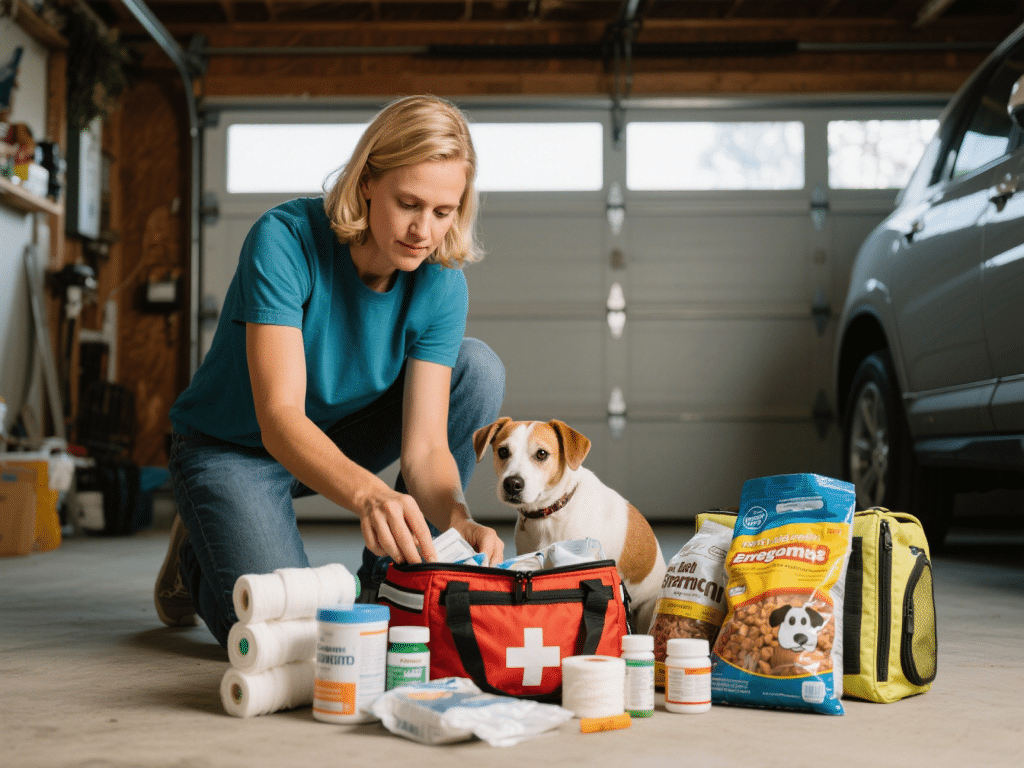


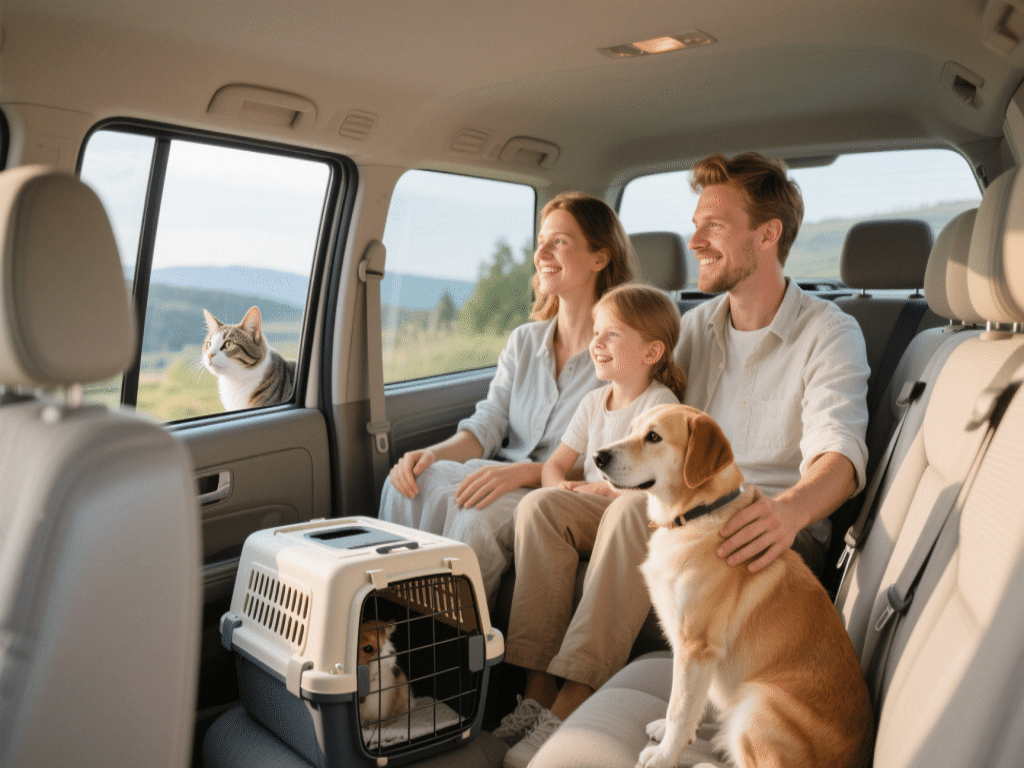

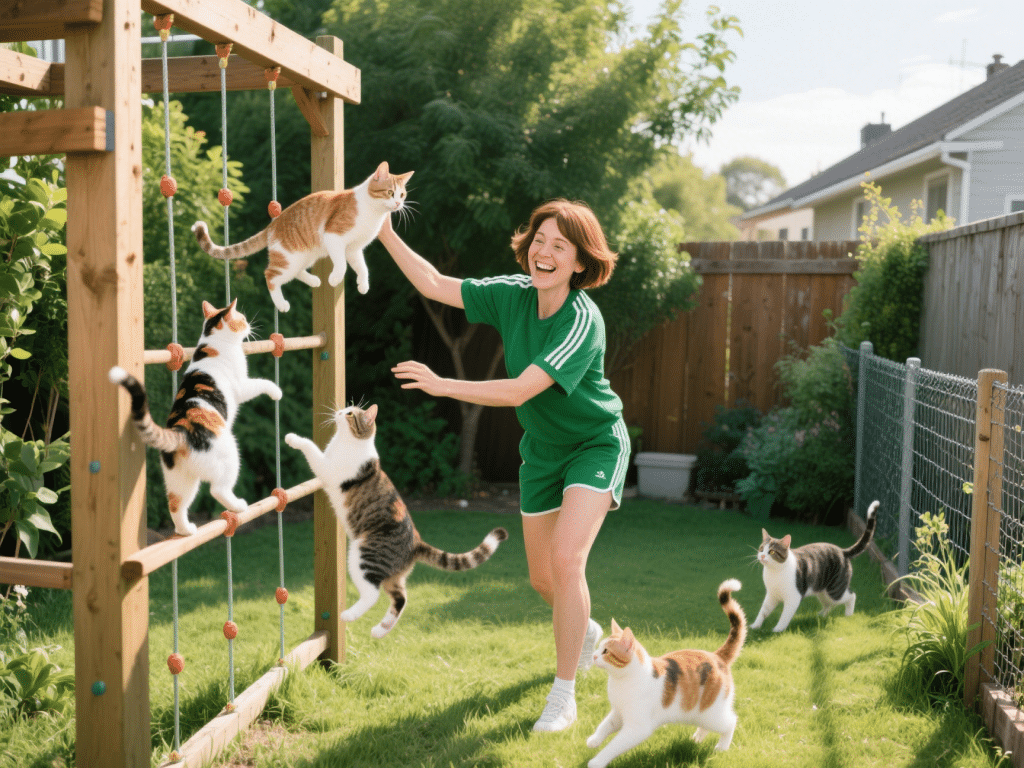
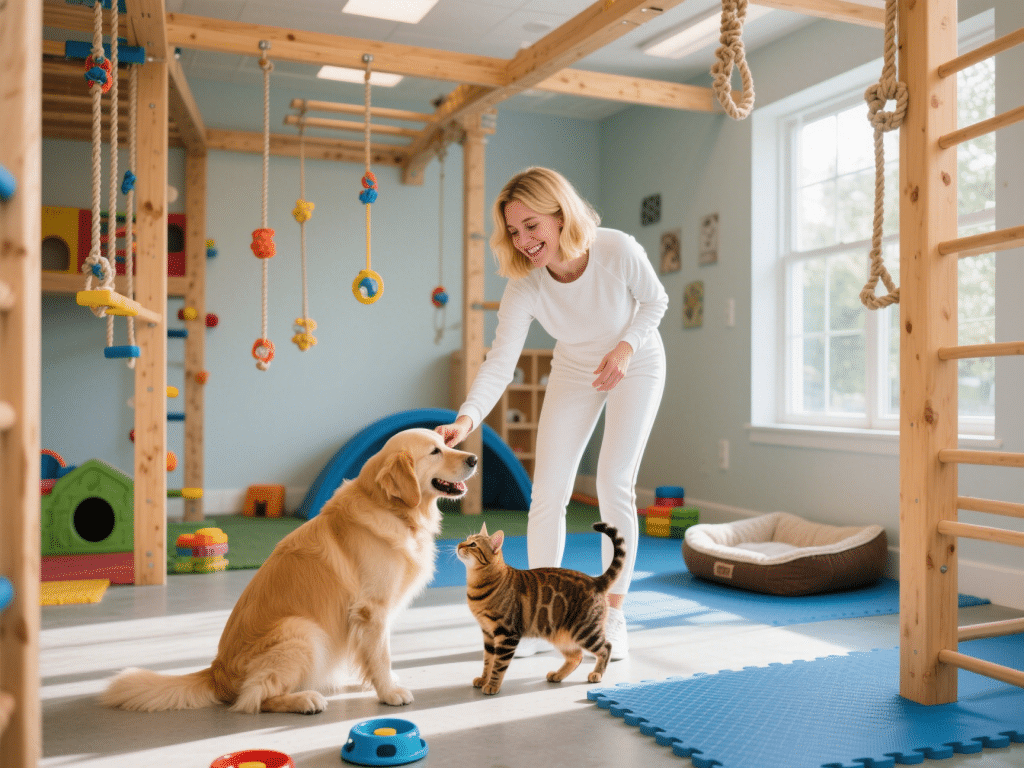
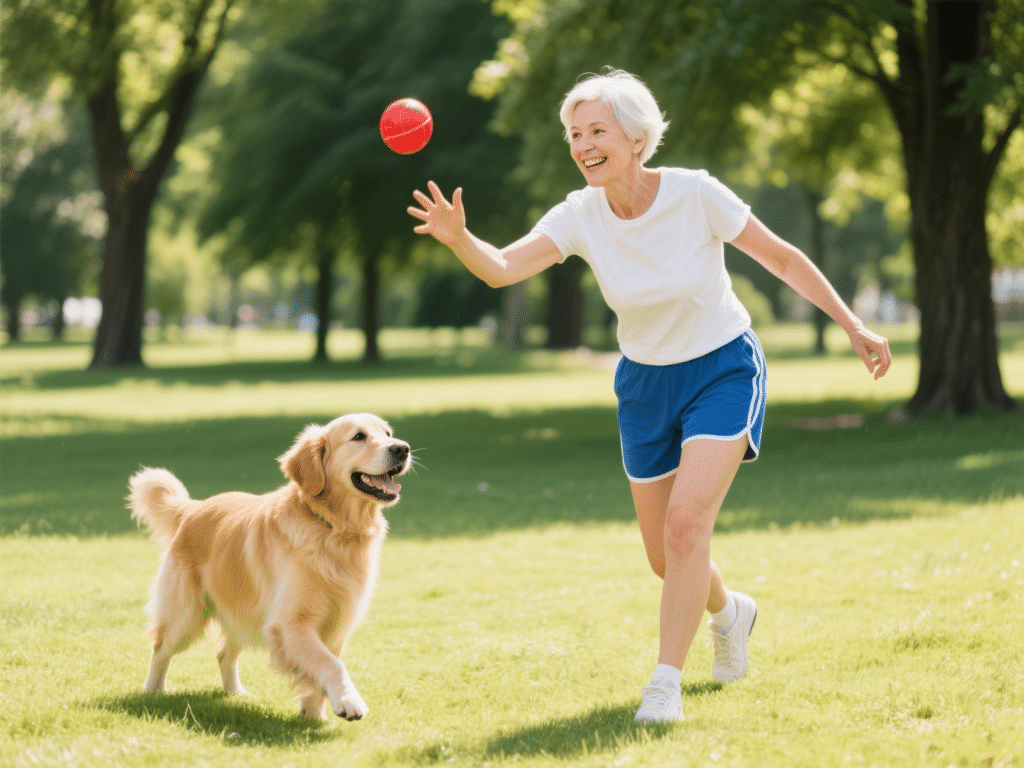
Comments on " Understanding Canine Separation Anxiety: Creating a Safe Space" :